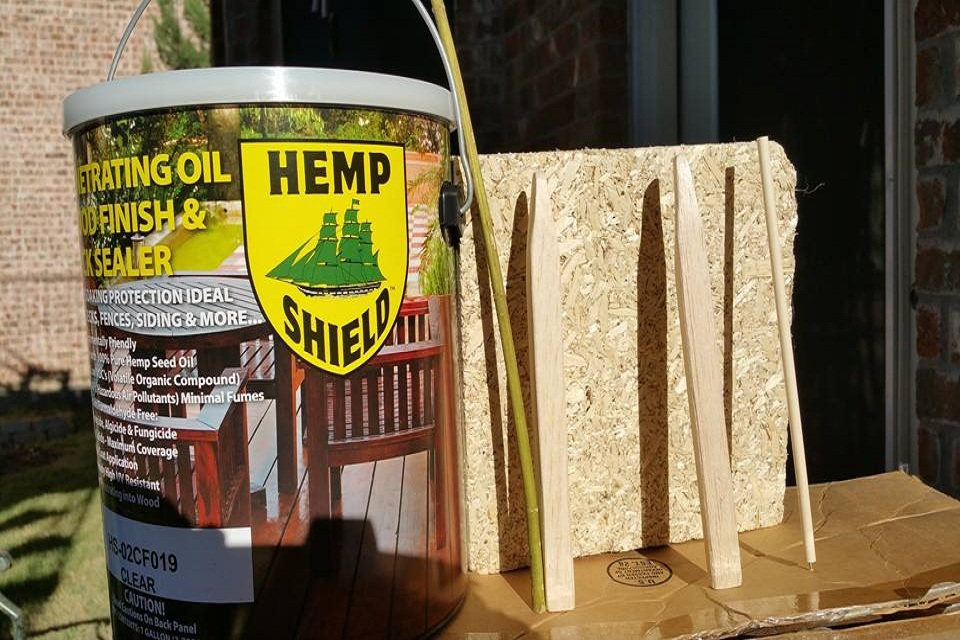How to Choose the Best Outdoor Deck Stain: A Complete Guide

Strong 8k brings an ultra-HD IPTV experience to your living room and your pocket.
Decks are a beautiful addition to any home, but exposure to sunlight, rain, snow, and temperature changes can wear them out fast. That’s where a good outdoor deck stain comes in—it protects your deck and enhances its natural beauty. But with dozens of options available, how do you pick the right one?
Let’s break it down step by step so you can confidently choose the best deck stain for your outdoor space.
Why Staining Your Deck is Essential
A quality deck stain serves two major purposes:
Protection – It shields wood from moisture, UV rays, mold, and rot.
Aesthetic Appeal – It enhances the grain, color, and overall look of your deck.
Skipping the stain means your deck will age faster and look dull, or worse, get damaged beyond repair.
Types of Deck Stains
Different types of deck stains offer different levels of protection and finish. Here's a quick rundown:
1. Clear and Transparent Stains
- Show off the wood grain
- Offer minimal UV protection
- Best for newer wood or wood in great condition
2. Semi-Transparent Stains
- Lightly tint the wood while allowing grain to show
- Moderate protection
- Popular for maintaining a natural look
3. Semi-Solid Stains
- More pigment, less grain visibility
- Better UV protection
- Great for older wood or uneven surfaces
4. Solid Stains
- Paint-like coverage
- Maximum protection
- Best for heavily weathered decks or color changes
Oil-Based vs Water-Based Deck Stains
- Oil-Based Stains
- Penetrate deep into the wood
- Provide rich, long-lasting color
Require mineral spirits for cleanup
- Take longer to dry
- Water-Based Stains
- Eco-friendly and easier to clean up
Dry quickly
- Sit on the surface rather than penetrating
- Less likely to mildew but may need reapplication more often
Factors to Consider When Choosing a Deck Stain
1. Wood Type
Softwoods like pine, cedar, or redwood may absorb stain differently than hardwoods. Always test a small patch before committing.
2. Age of the Deck
Newer decks may need time (up to 6 months) before staining. Older decks may require cleaning, sanding, and stripping before applying a new stain.
3. Climate
If you live in a humid or rainy area, opt for a stain that offers excellent water resistance. In sunny regions, UV protection is crucial.
4. Color Preference
Do you want to enhance the natural look or change the color completely? Choose between transparent, semi-transparent, or solid options based on the finish you desire.
5. Maintenance Level
Some stains require touch-ups every year, while others can last 3–5 years. Oil-based stains generally last longer but are harder to reapply.
Top Features to Look for in a Quality Deck Stain
- UV Protection
- Mold and Mildew Resistance
- Waterproofing Ability
- Ease of Application
- Drying Time
- Eco-Friendly Ingredients
Recommended: HempShield Deck Sealer
- If you're looking for an eco-friendly, high-performance option, HempShield Outdoor Deck Sealer stands out from the crowd.
- It’s bio-based, VOC-compliant, and safe for pets, plants, and kids.
- Penetrates deep into wood fibers for maximum durability.
- Offers excellent UV resistance and water repellency.
- Ideal for decks, fences, siding, and outdoor furniture.
How to Test a Stain Before Committing
- Sand and clean a small, inconspicuous section of your deck.
- Apply a small amount of stain with a brush or cloth.
- Let it dry and observe the color and finish.
- Check how water beads or absorbs into the test area.
Steps to Apply Deck Stain the Right Way
- Clean the Deck: Remove dirt, mold, and old stains using a deck cleaner.
- Sand the Surface (if needed): Smooth out splinters and open up wood pores.
- Let it Dry: Ensure the deck is completely dry before staining.
- Apply the Stain: Use a brush, roller, or sprayer. Apply thin, even coats.
- Wipe Off Excess (if needed): Especially for oil-based stains, to avoid stickiness.
- Let It Cure: Follow product directions for drying and curing time before walking on it or replacing furniture.
How Often Should You Re-Stain Your Deck?
This depends on:
- Type of stain used
- Weather exposure
- Foot traffic
Final Thoughts
Choosing the right deck stain can seem overwhelming, but if you focus on your wood type, climate, desired finish, and durability, you’ll find a product that makes your deck shine and last.
And if you want a dependable, eco-friendly option that delivers outstanding results, HempShield Deck Sealer is a smart choice you won’t regret.
FAQs
1. Can I stain over an old deck stain?
Yes, but only if the old stain is in good condition. For best results, clean and lightly sand before applying a new coat.
2. What temperature is best for staining a deck?
Between 50°F and 85°F with low humidity and no rain for at least 24–48 hours.
3. Do I need to seal the deck after staining?
Some stains (like HempShield) offer sealing and staining in one. If not, apply a clear sealer after the stain dries.
4. How long should I wait to use the deck after staining?
Wait 24–72 hours depending on the product and weather conditions.
5. Can I use deck stain on other wood surfaces?
Absolutely! Many deck stains can also be used on fences, railings, outdoor furniture, and siding.
Note: IndiBlogHub features both user-submitted and editorial content. We do not verify third-party contributions. Read our Disclaimer and Privacy Policyfor details.



